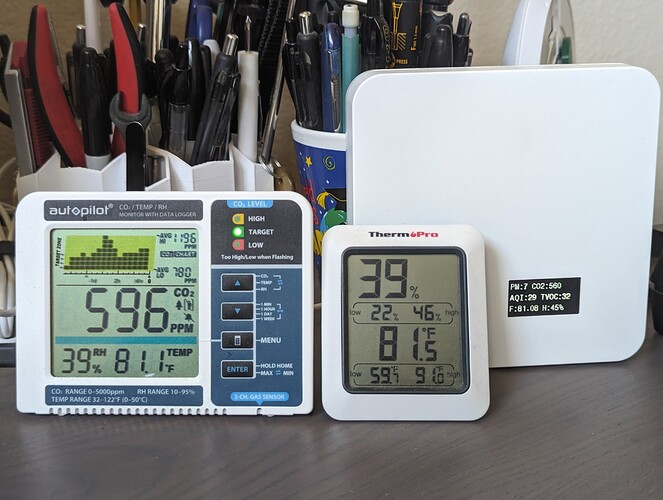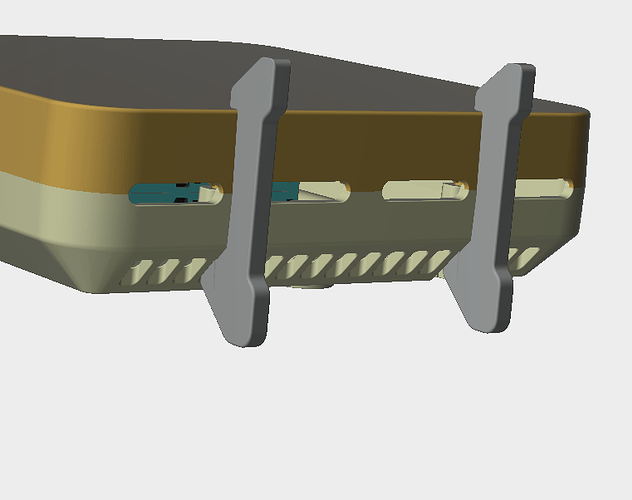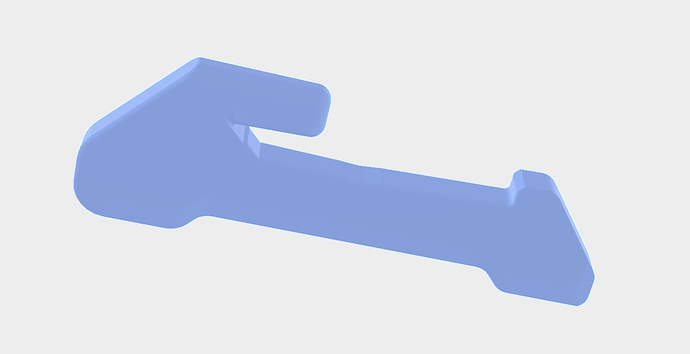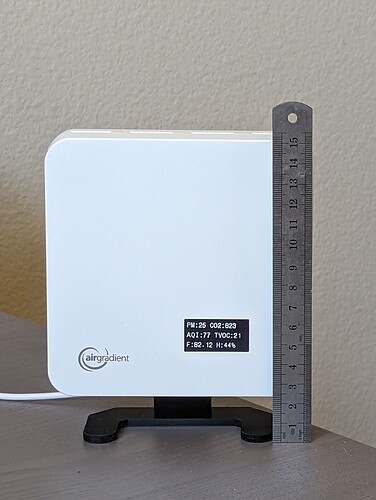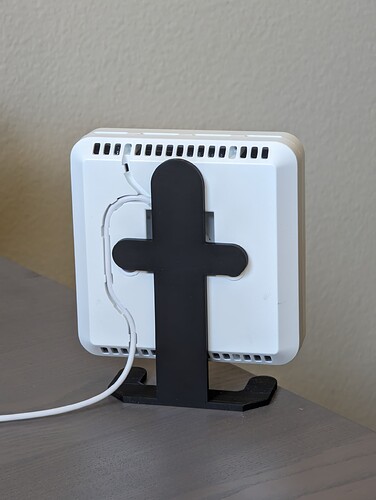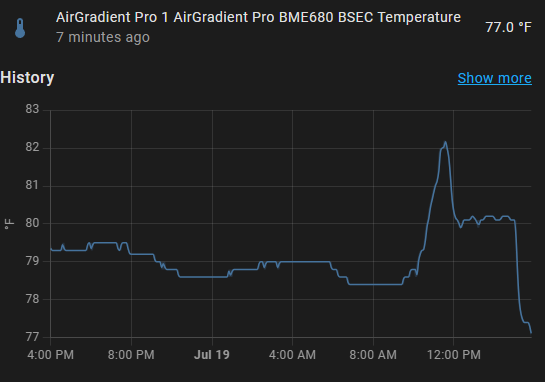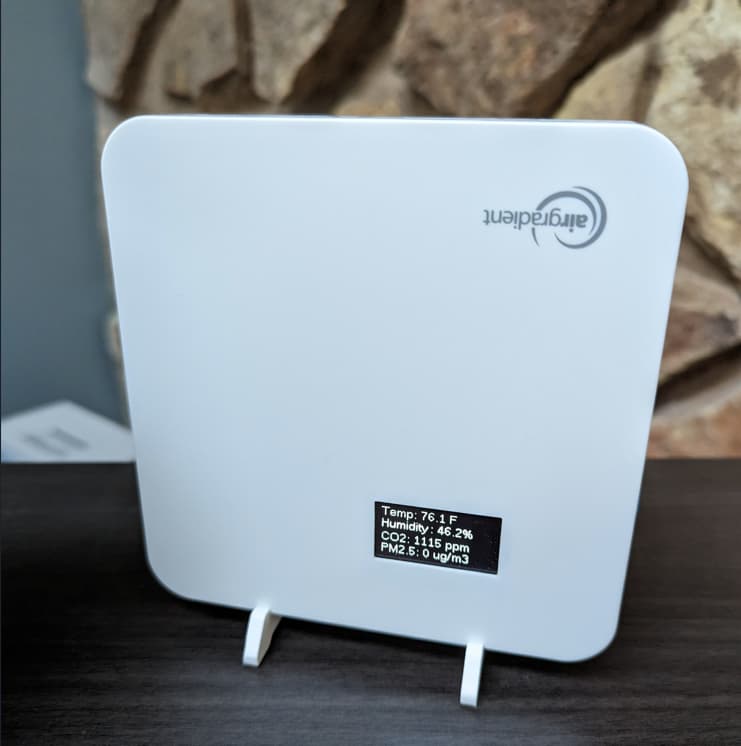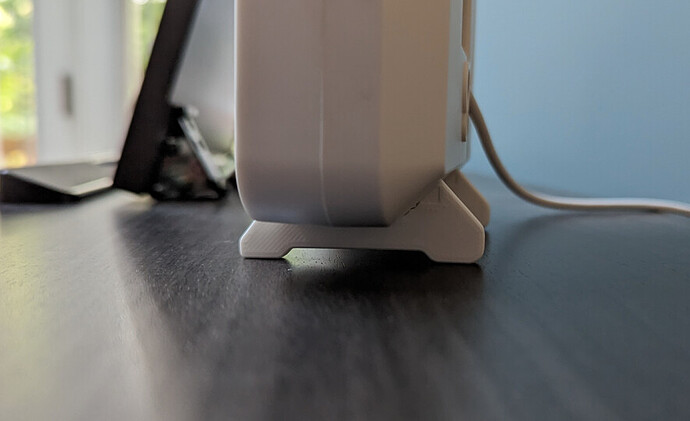I have a PCB v3.3 version of the board that has been running with ESPHome connected to Home Assistant on my desk for almost a year. I also have a ThermoPro TP50 and Hydrofarm APCEM2 Autopilot Desktop CO2 Monitor right next to it for the same amount of time.
CO2 and Temp are all pretty close to each other for all 3 devices (2 for the CO2), but the Humidity on the AirGradient has always been off by 5-6% or so, while the ThermoPro and Hydrofarm are within 1%.
Any way to adjust calibration or know what is going on?
Picture below for reference.
